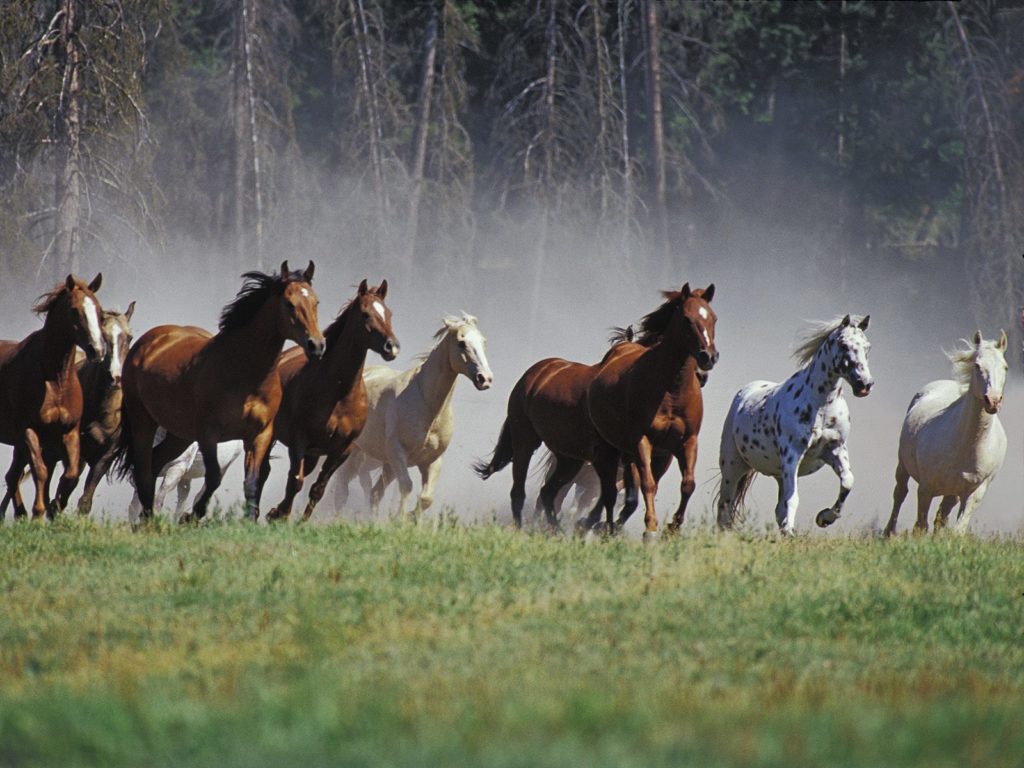Proper Trailering Technique
Safely Load and Unload a Horse From a Trailer Some people are blessed with having trails, riding arenas and activities right where their horses live. For others, to enjoy these things means they will have to trailer their horses to another place. The reasons for trailering are many and can include traveling to horse shows, […]
Your First Horse Show!
So you are going to your first horse show. Or maybe it’s just been many years since you’ve been in the show ring. Either way, it can be a nerve-wracking experience just getting there, not to mention the actual event, itself. I have seen the emotions of my students run the gamut from total nonchalance […]
Longeline Basics
Longe line work is one of the most basic, and at the same time, one of the most advanced training tools available. It is extremely useful in the early stages of training to condition a horse to carry a rider’s weight, and can be very nearly as important later in the horse’s life when he […]
The Basics of Cavalleties
Cavalleties are a wonderful tool that can enhance any training program. In this article, I’m going to talk about the uses and benefits of cavalleties. Cavalleties are simply poles that are raised up slightly off of the ground. Most cavalleties have varying height adjustments for different exercises. Cavalleties are simple to build and can be […]
A New Owner’s Guide to Spring Dangers
A New Horse Owners Guide To Spring Dangers Well, with spring just around the corner, many horse owner’s thoughts turn to spending more time with their horses. But before you throw your saddle on your horse and jump on, there are some things that need to be thought of. Equipment Many people who live in […]
Training for the Trail
Training For The Trail Trail riding can be great fun, and it can help with problems such as boredom and sourness in the ring. The benefits of trail riding can be an increased bond and greater trust between horse and rider, it can help a ring sour horse become more willing, it can help get […]
Heels
In this article and the three following articles, I will be taking a look at some of the common problems with rider position that, if left uncorrected, will be a hindrance both to the rider and the horse. Although all parts of the rider’s body are connected and they will all influence each other, I […]
Legs
THE LEGS The legs are the connection between the rider’s seat and ankles, and as such are one of the most important elements of attaining true relaxation and suppleness on a horse. Together with the ankles, they are the base of a rider’s position. PUTTING WEIGHT IN THE LEGS To begin with, one should think […]
Seat, Spine and Shoulders
SEAT, SPINE AND SHOULDERS In my opinion, the seat, spine, and shoulders of the rider are so closely connected and dependant on each other that they cannot be separated. They can each influence the other, but cannot work independently of the other, so in this month’s article, I’m going to group them together as one, […]
Arms and Hands
The Arms and the Hands There are three types of hands that a rider can have: bad hands, good hands, and educated hands. In this article, I will not be going in depth into what constitutes the correct hand and arm use for each discipline. There is, however, certain concepts and certain basics that are […]
